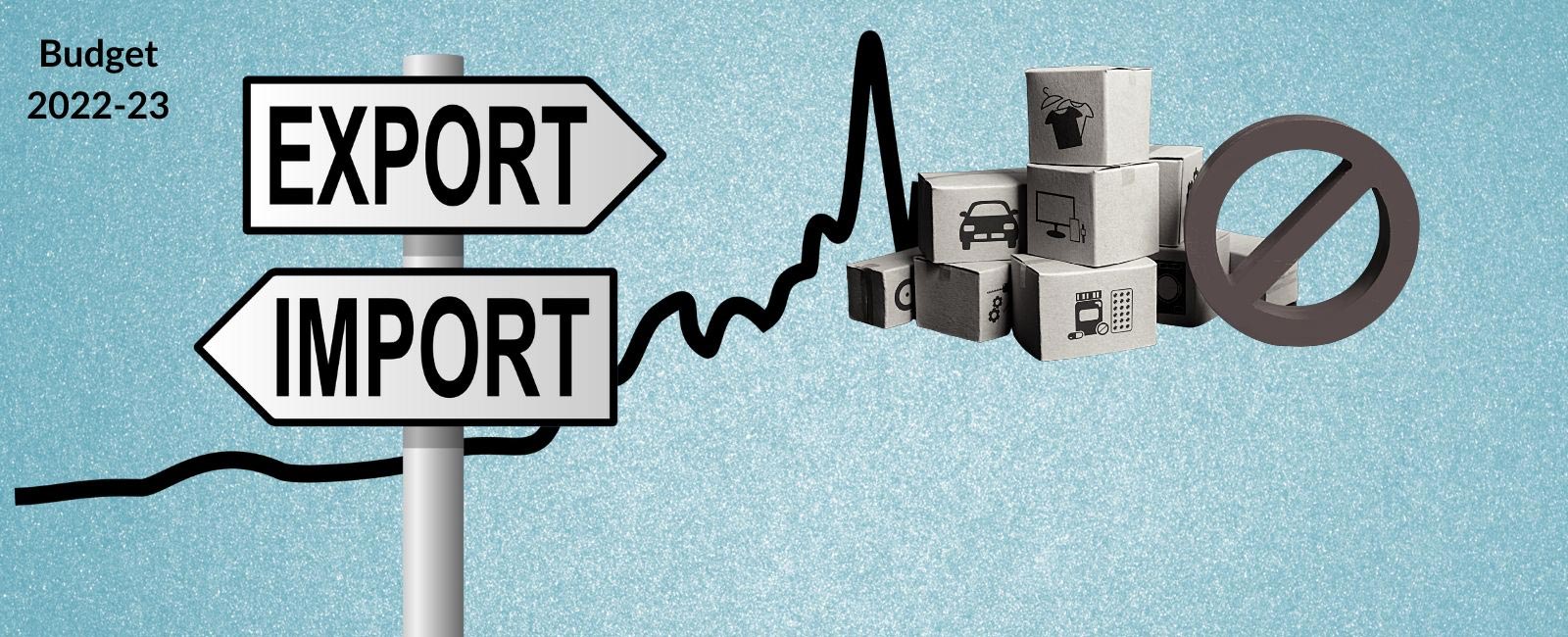Balance of payment crises: Tough decisions not stopgap measures need of hour
In upcoming budget for FY23, decisions passing burden to consumers, further stagnating economy must be avoided, writes Aadil Nakhoda

The economic conditions in Pakistan are not only disconcerting but the challenges faced by the policymakers continue to surmount day-to-day.
This is mainly due to the indecisiveness of the current government in important matters that could otherwise help in securing much needed International Monetary Fund (IMF) financing. However, the fear of paying significant political costs of ‘tough’ economic decisions delays the inevitable.
For instance, the delay in increasing the fuel prices seems to be a no-brainer given that the government cannot afford the high costs of subsidies associated with keeping the prices at the pump low.
It is imperative that the government obtains the needed IMF financing to bring some stability and certainty to the economic conditions. This is particularly important as the budget for the next fiscal year is just around the corner.
One of the biggest challenges that the government faces is on the external front.
The balance of payment deficit, fuelled by the rising trade deficit, and the inability of the government to avert the impending crisis leads to greater instability.
The exchange rate of the Pakistani rupee against the US dollar had depreciated to Rs 202 in June and the inflation rate in May was reported at 13.8% — the highest pace in nearly two-and-a-half years.
It is imperative that govt obtains the needed IMF financing to bring some stability. This is particularly important as budget is just around the corner
The reserves held by the State Bank of Pakistan (SBP) plunged to $9.72 billion on May 27. The highest ever reserves were reported in August 2021, at $20 billion.
Pakistan lost approximately $10 billion in reserves in eight months, with more than $6 billion wiped out between February 2022 and mid-May 2022. While the political uncertainty and the change of guard at the top have resulted in significant economic costs.
It is imperative that the government undertakes tough measures that contribute toward improving the economy in the long run rather than stopgap measures that only provide solutions for the very short run.
The statistics on trade published by the Pakistan Bureau of Statistics (PBS) show a continuing upward trend in both exports and imports in May 2022.
Pakistan’s trade deficit rose steeply to $43.3 billion in 11 months of the current fiscal year with imports hitting the $72 billion mark but the official foreign exchange reserves slipped to a single digit, painting a dangerous picture of the external sector.
As imports outpaced exports, the trade deficit ballooned at 65% year-on-year. While exports are likely to surpass $30 billion, imports will likely surpass the $75 billion benchmark this fiscal year.
Trade policies aimed at curbing imports as a stopgap measure are likely to be damaging in the long run
Meanwhile, remittances, as reported by the State Bank of Pakistan (SBP), have increased on average at 6.3% year-on-year in the first 10 months of this fiscal year and are likely to surpass $30 billion. And dollar inflows into the country are likely to attain their highest levels in the history of Pakistan, the same can be said for the outflows.
With the latest figures on growth reported at approximately 6%, the growth of imports is not unexpected, particularly as economic growth and imports are positively correlated. With outflows increasing faster than the inflows, accompanied by a sharp decline in foreign reserves, there is an urgent need for IMF financing to stabilise the economic conditions.
Read more: IMF tax proposals to increase burden on salaried class
The most popular tactic of mitigating the balance of payment crisis is to increase tariffs and ban imports into the country — which has already been taken by the government recently. The same strategy was adopted at the time of the previous balance of payment crisis in 2018.
It not only increased the prices of imports, both essential and non-essential goods, it did not lead to local industries creating substitutes for imported products. For instance, Pakistan imposed restrictions on the imports of chocolate and cheese at the onset of the previous crisis by imposing tariff and non-tariff measures to deter imports as well as provide an opportunity to local industries to become world-class exporters. Today, we see a similar situation as consumers failed to shift towards consumption of local goods and away from imports.
Similar policies have been adopted in the automotive industry, with unfavourable outcomes based on the quality and prices of cars produced in Pakistan. There is significant debate on the mobile phone manufacturing policy as many believe it will face a similar outcome.
Tough decisions that may incur political costs are needed in the short term
Unfortunately, higher import tariffs may increase protection and provide a higher profit margin for local producers but may thwart their desire to innovate and introduce new products into the market.
A discussion on the import composition is much-needed to better understand the type of goods imported into Pakistan.
Data on import flow is extracted from International Trade Center’s Trademap.org. Pakistan imported $73 billion in 2021, out of which $19.4 billion was mineral fuel. This increased from $10.3 billion in 2020.
Approximately another $20 billion were machinery, iron and steel and pharmaceutical products. Pakistan imported $2.2 billion worth of telephones for the cellular networks, with average tariff rates above 9%, and $2.3 billion worth of motor cars, with an average tariff rate of 77.1%.
Read more: Is the govt planning to add more items to its import ban list?
This is one of the highest tariffs imposed by an importing country on motor cars. Yet, it has not failed to subdue the demand for imported motor cars.
The majority of the products imported into Pakistan are either unfinished goods or capital goods. Further, Pakistan imported $4.7 million worth of cheese and curd and roughly $10 million worth of chocolates.
However, import tariffs and bans will encourage imports through informal channels.
Trade policies aimed at curbing imports as a stopgap measure to prevent the outflow of dollar reserves are likely to be damaging in the long run. Increasing tariffs on consumer goods will not only raise profit margins of domestic producers at the cost of consumer welfare but also reduce their desire to improve their level of competitiveness.
Read more: PM Shehbaz Sharif seeks consensus on economic policy with stakeholders in pre-budget meeting
It is imperative that the government approaches the IMF for much-needed funding instead of relying on stopgap measures that can reduce the level of competitiveness of the domestic industries. Tough decisions that may incur political costs are needed in the short term.
In the upcoming federal budget for the fiscal year, 2022-23 decisions that pass the burden onto the consumers and further stagnate the economy must be avoided.
Dr Nakhoda is a faculty member at the Institute of Business Administration, Karachi. He is also a member of the Economic Advisory Group (PRIME Institute). He tweets @EconomistAadil.
For Geo.tv's latest news, updates and analysis of the Federal Budget 2022-23, visit: https://geo.tv/trending/budget-2022-23




